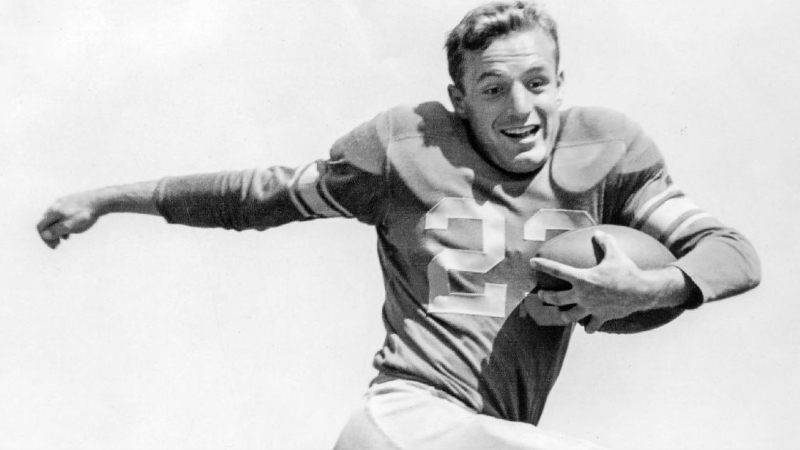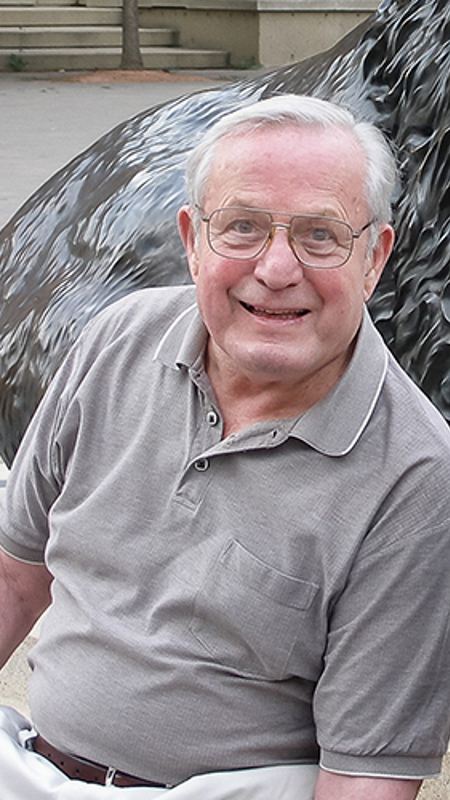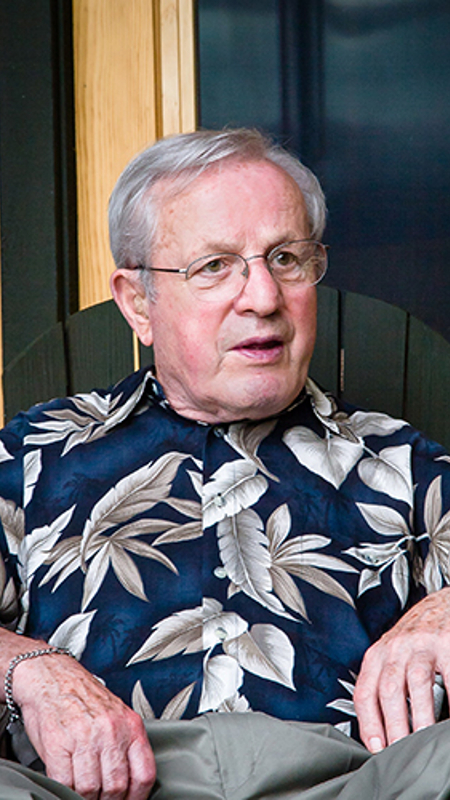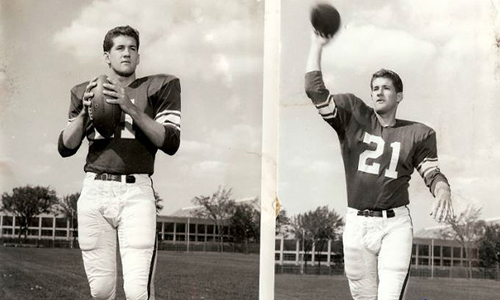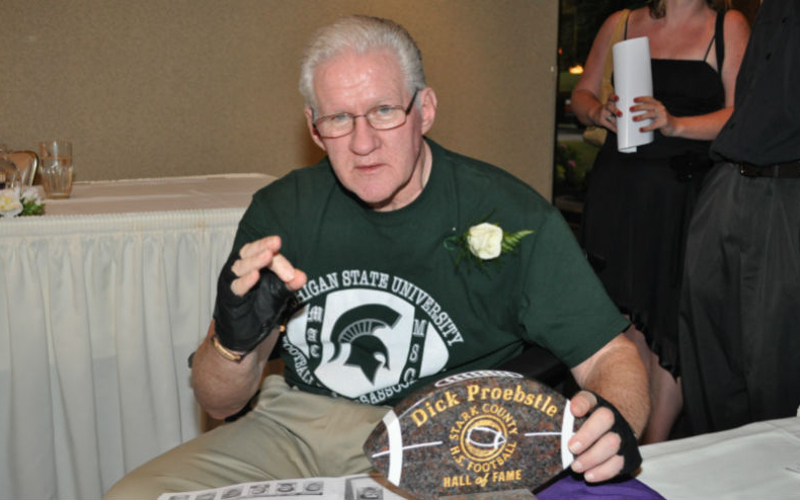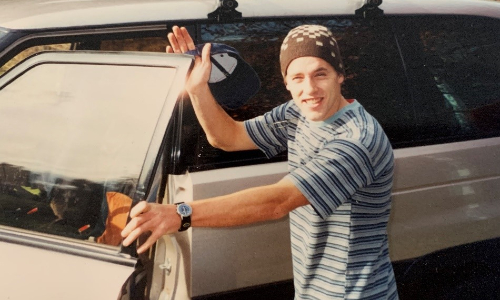
Sam Pichinini grew up in a rural community outside of Seattle, Washington. He had an incredibly tender heart and loved people, nature, music, learning, and comfort food. He loved to make shepherd’s pie for holiday dinners. He had a great sense of humor – the best laugh and smile – and he noticed and appreciated all the good things in life.
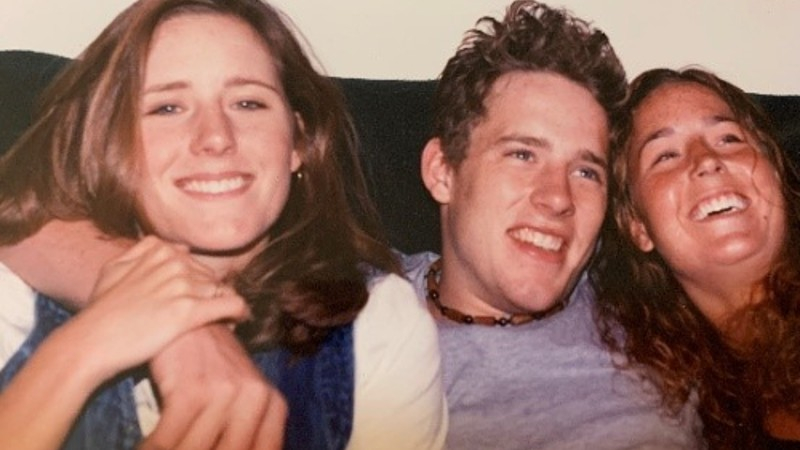
Sam’s beautiful spirit was magical. He also had a fearless sense of adventure. The greatness Sam embodied led to many adventures. He loved to skateboard and snowboard and did this often in his teenage years. His love of snowboarding followed him to adulthood as he eventually taught snowboarding classes at Snoqualmie Pass in Washington’s Cascade Mountains.

But the sports he loved took their toll. Sam was knocked unconscious twice snowboarding and endured many blows to the head doing skateboarding tricks, never wearing a helmet. Sam was in a car accident where his head broke the windshield and was in more than one fight where his precious head was the focal point. His head injuries did not result from a single high impact sport or incident. CTE took him even more stealthily – hit by hit, slowly, over time.
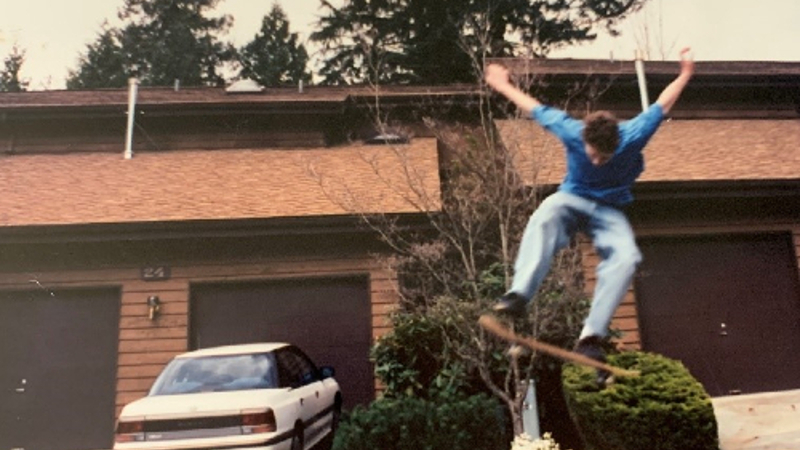
The effects of these injuries didn’t start to show themselves until he was in his late 20’s. He moved to San Diego and lived there for three years and had a career working at Whole Foods. To cope with the effects of how he was feeling, he turned to drug use. But he desperately wanted to get away from the drugs and decided to move back home to Washington.
To make a fresh start, he decided to hike the Pacific Crest Trail. With a weary weight upon his shoulders and a conflicted but hopeful heart, he set out to ride that rough and rugged, ever changing, beauteous trail from Mexico all the way up to the Canadian border. His was a journey full of momentous mountain tops, deep valleys, intermittent meadows, and heavy storms. Sometimes he had company. But there were many miles he set out to tread with only the Lord as his companion.
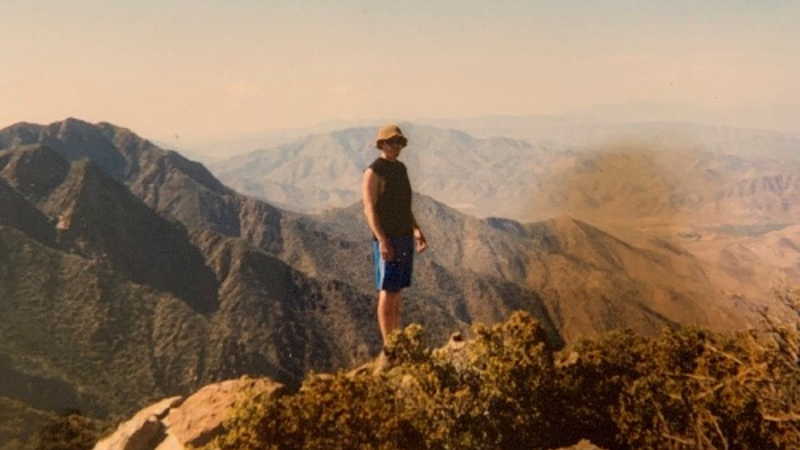
Before he knew it, winter was rolling in and he had to pull out at Crater Lake, Oregon, falling short. He never quite made it home via the PCT. He kept a journal during his quest and the following is an excerpt from it:
“Everything is so sound. I’m just making coffee in the morning and admiring the world. Everything makes exactly the sound it should. Dear Lord, please walk with me and guide me according to life and all creation, that I should make the perfect sound.”
After the PCT, Sam had hope for his future. He worked at a farm in Fall City, Washington and started his own produce delivery business. He attended Evergreen College and then moved to Boulder, Colorado and earned a bachelor’s degree in Comparative Religions and Cognitive Psychology. The degree did not come easily, and he was proud of the accomplishment. He loved research and had more than 1,000 books in his personal library.
In the pursuit of achieving his goals, his CTE symptoms became more and more debilitating. Challenges with executive function plagued and frustrated him, but that turned out to be the least of it. He became angry, irrational, verbally abusive, compulsive, anxious, depressed and threatened violence. No matter how hard we tried and wanted to help him, we couldn’t; he didn’t trust anyone. It’s important to add that though this enemy was unnamed at the time, Sam worked desperately to battle it. He paid diligent attention to his diet and exercise regime. He researched intensely.

Eventually communication with Sam became impossible and he was miserable, experiencing what must have been a lonely hell. It was heartbreaking to watch and terrifying to be a part of. All these behaviors were the opposite of who Sam had always been.
When you think about all those miles Sam did not get to walk, it is easy to wonder if they might have held the answers Sam was always so earnestly searching for. But if we stare too intently upon them, we miss all the miles Sam did breathe in the beauty of this magical world and all the truths we know God whispered to Sam along the way.
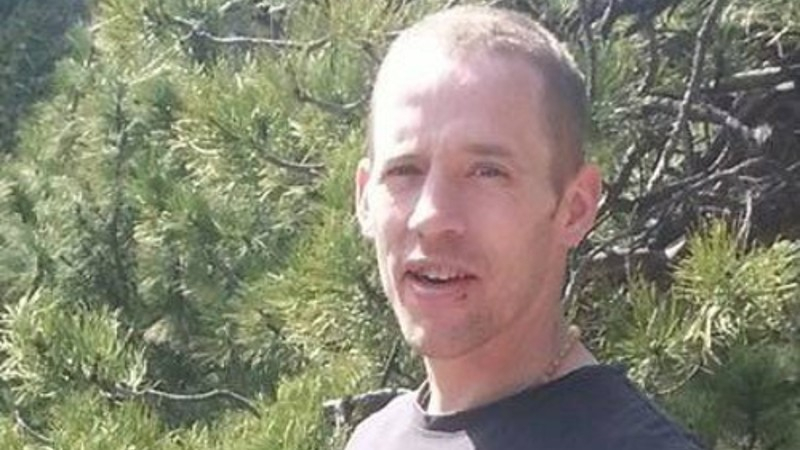
Somewhere along his way, with a bruised and battered mind and a heavy heart, Sam got lost. Sam felt the brokenness in himself, in us and in the world in a very real and raw way. It took hold of him and he could not shake it. He lived it. He breathed it. He desperately tried to understand it, mistakenly believing he alone could fix it. A darkness, thick and thirsty, slowly sucked the light out of him, until Sam was blind to the healing salve of the beauty he once believed in, and he could not receive the one thing that really does conquer all. Everlasting love. It never left him. Sam just couldn’t see it anymore.
It is important to know where Sam was when he left us. To honor Sam’s struggle and learn from it. And to help our hearts understand why he didn’t get to travel along this way a bit longer. But it is Sam’s perfect sound we hope to hold to the most.
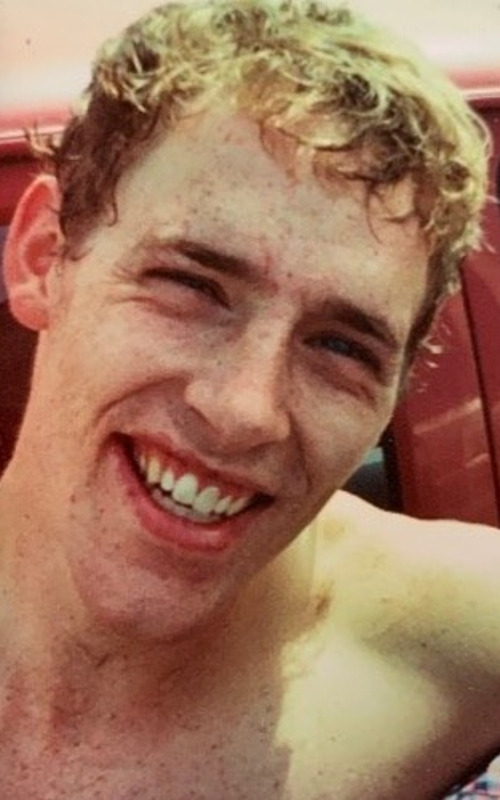
So, we set our hearts upon all the miles he walked before the cold winter came. When this world’s persistent beauty, everlasting love and the brightest of lights glistened in his brilliant blue eyes and echoed in his wondrous laughter, beamed through his beautiful smile and overwhelmed you in the strength of his sure embrace, infused the brilliant words he penned to paper, saturated those he touched with its goodness and grace and fed his adventurous spirit.

Sam was that kind of beauty.
The sound Sam made was perfect and still it remains, if we still ourselves enough to hear it. A soft and golden melody of love and light in this world – that will never fade.

Sam traveled as far as he could.
It’s easy to miss it in the depths of our sorrow. but love won here. In the end God pulled Sam out of a very dark place, an endless aching void and healed his broken mind forever. He is now covered in a pure and lasting, all consuming, conquering kind of love – the truest salve and sweetest salvation. Sam has finally made his way home.
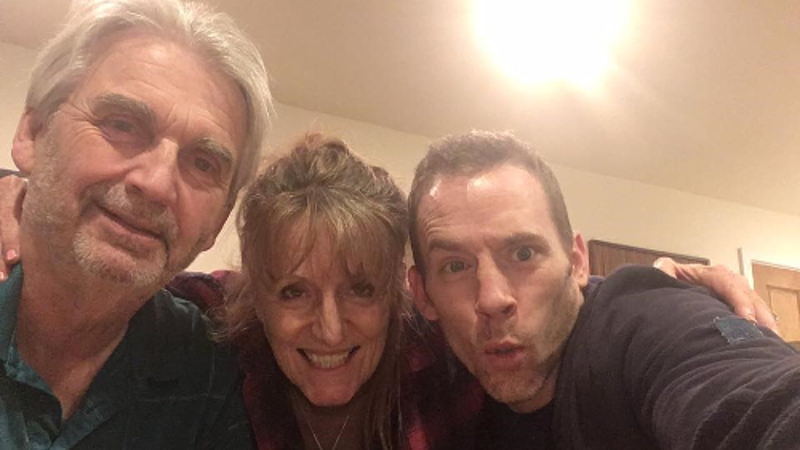
We are forever grateful to the Concussion Legacy Foundation for taking Sam’s brain and helping him complete his quest to reveal the thief that stole away his light. Our entire family is thankful they took his brain donation, as he’s not the typical sports-related CTE donor. Researchers at the VA-BU-CLF Brain Bank found Sam had Stage 2 (of 4) CTE, atrophy in his front lobe, and cavum septum pellucidum, among other issues in his brain.
We are hopeful that the research from his donation and other donations will help others in the future. We look forward to the breakthrough where CTE can be diagnosed while someone is still living.
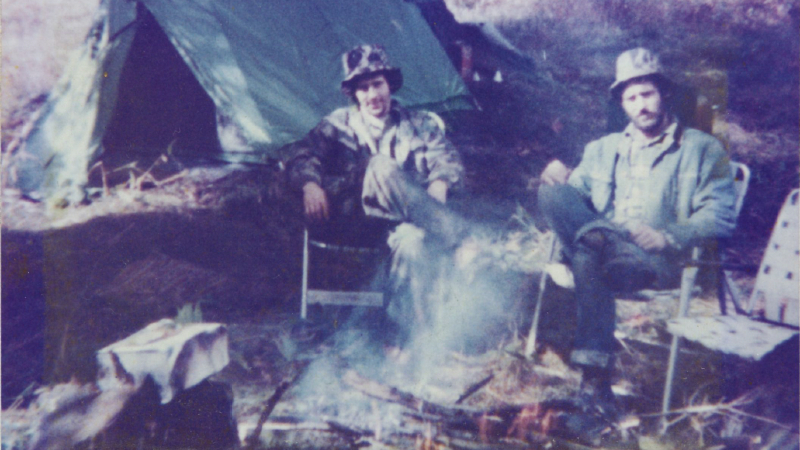


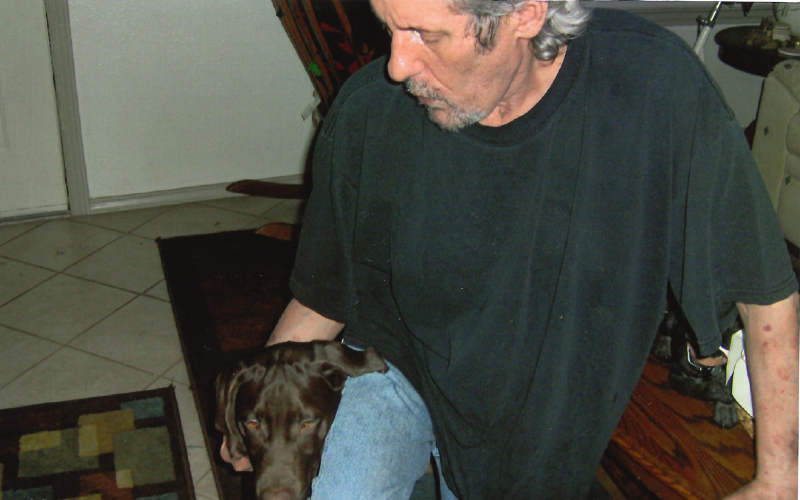

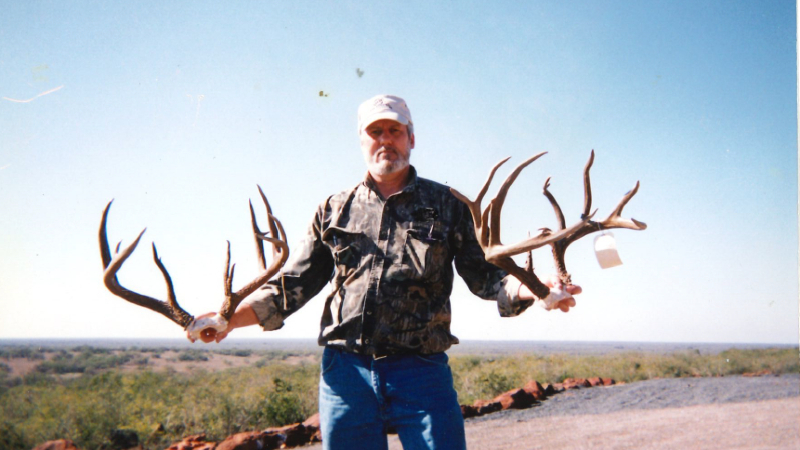
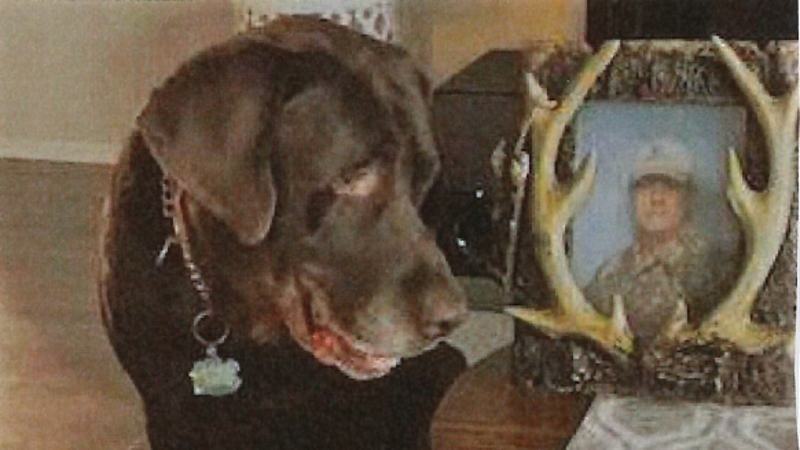
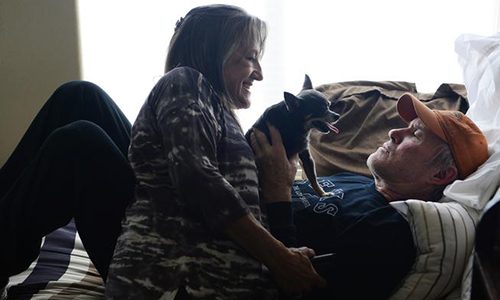



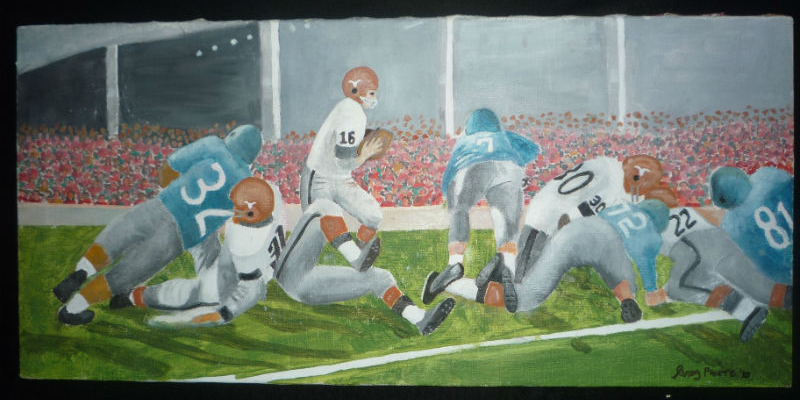
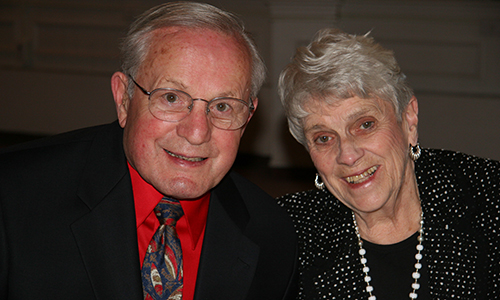 Jim Proebstle, Author of Unintended Impact, sat down with the family of John Polonchek to gain insight into his life and legacy.
Jim Proebstle, Author of Unintended Impact, sat down with the family of John Polonchek to gain insight into his life and legacy. 